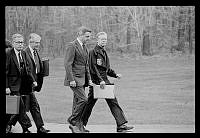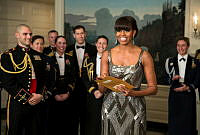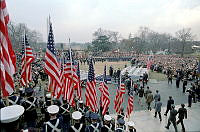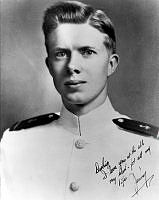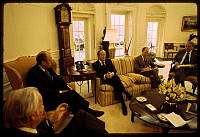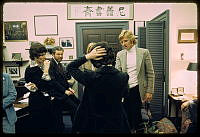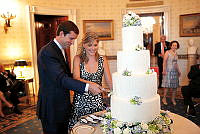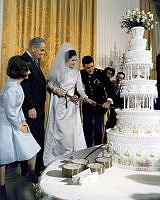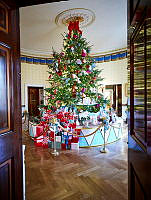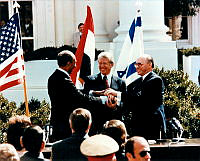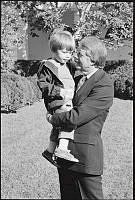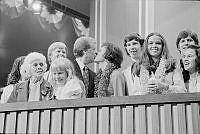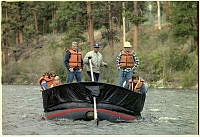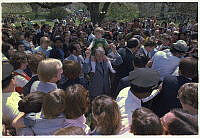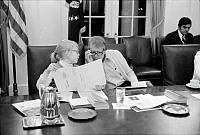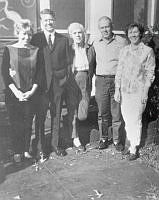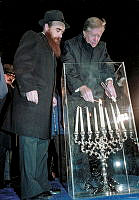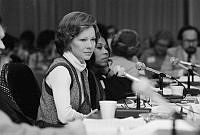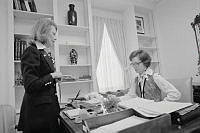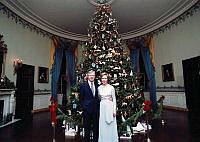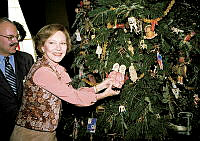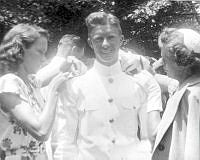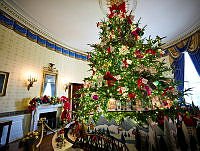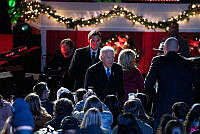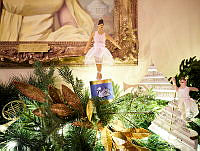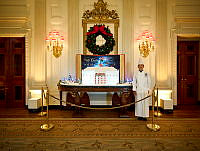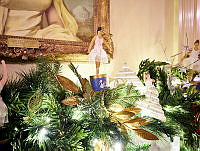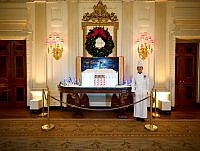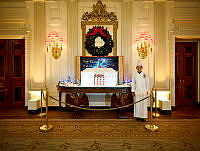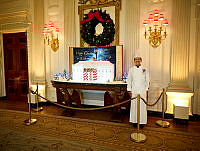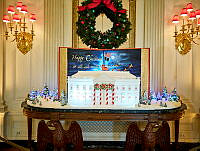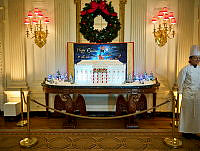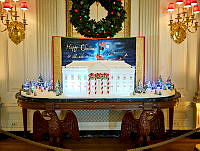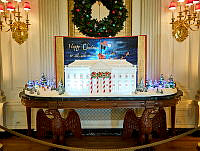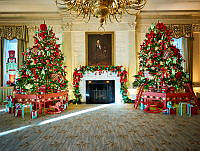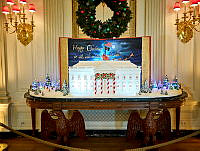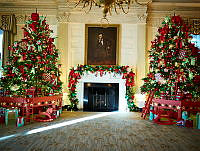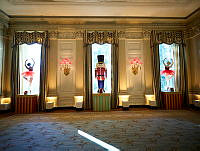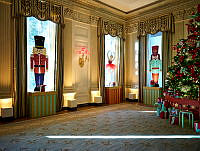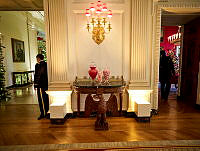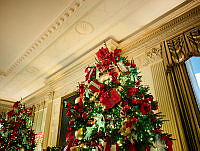Zachary Taylor

Zachary Taylor was born on November 24, 1784 in Virginia, but his family moved shortly thereafter to Louisville, Kentucky. He was raised on a plantation called Springfield, surrounded by enslaved laborers owned by his father Richard. Taylor received a basic education and aspired from a young age to join the military. He enlisted at the age of twenty-two and became an officer in the United States Army in 1808. Two years later he returned to marry Margaret Mackall Smith, and five of their six children were born at Springfield.
For the next twenty-five years, Taylor spent most of his time policing the nation’s borderlands. He fought many military campaigns against Native Americans and served at garrison posts throughout the country. He also owned and operated plantations in Baton Rouge, Louisiana, and Rodney, Mississippi. Hundreds of enslaved men, women, and children labored at the properties to sustain the large Taylor family.
Taylor gained national prominence after he won a series of major military victories during the Mexican-American War. Despite being outnumbered by Mexican forces, Taylor’s defeat of General Antonio López de Santa Anna at the Battle of Buena Vista cemented his status as a military hero and prepared him for the American political stage.
Turning away from Whig leader and three-time presidential candidate Henry Clay, the party nominated “Old Rough and Ready” for the 1848 presidential election, hoping to imitate the same success it had with William Henry Harrison in 1840. Taylor appealed to northerners as a military leader and avowed nationalist; his status as a slaveowner was attractive to southern voters; and he had avoided controversial issues as a political outsider. Taylor ran against Democratic candidate Lewis Cass, who supported self-determination of territories over whether they would support slavery. Whigs who opposed Taylor’s candidacy, along with anti-slavery Democrats who rejected Cass’s idea of popular sovereignty, decided to form the Free Soil Party to oppose the expansion of slavery into new territories. The party nominated former President Martin Van Buren, who secured just enough votes to undermine Cass and deliver the election to Taylor.
One of the main issues during the Taylor presidency were the lands acquired from the victory in the Mexican-American War. Northerners and southerners sharply disagreed over whether the territories wrested from Mexico should be opened to slavery. Although Taylor subscribed to Whig principles of legislative leadership, he did not blindly support Whig leaders in Congress. While he attempted to remain above the political fray, Taylor personally did not support the expansion of slavery.
Still, his political goals and private actions did not always align. Despite his opposition to slavery’s expansion, Taylor remained a slave owner for the rest of his life, profiting from the labor of hundreds of enslaved people who lived and worked on his plantations. President Taylor was surrounded by enslaved valets, cooks, and maids in the Executive Mansion. He also continued to manage his Cypress Grove plantation from afar. Though little documentation survives today, some enslaved individuals who likely served at the White House include Charles Porter, Tom, Dicey, Jane, William, and Caroline. Click here to learn more about the enslaved households of President Zachary Taylor.
Unsatisfied with the ideas proposed by Congress, Taylor urged settlers in New Mexico and California to draft constitutions and apply for statehood, therefore bypassing the territorial stage. If that solution did not work, Taylor was prepared to take decisive action. In February 1850, he held a conference with southern leaders who had threatened secession. Taylor told them that, if necessary to enforce the laws, he would personally lead the army. Persons "taken in rebellion against the Union, he would hang . . . with less reluctance than he had hanged deserters and spies in Mexico."
The debate continued to embroil territorial government officials, abolitionists, and citizens. In 1850, members of Congress labored to negotiate a grand compromise between factions. That Fourth of July, President Taylor participated in ceremonies at the Washington Monument. After the event, Taylor became violently sick. On July 9, 1850, he died of a gastrointestinal illness at the White House. After his death, the forces of compromise triumphed, but the war Taylor had been willing to fight came eleven years later.













